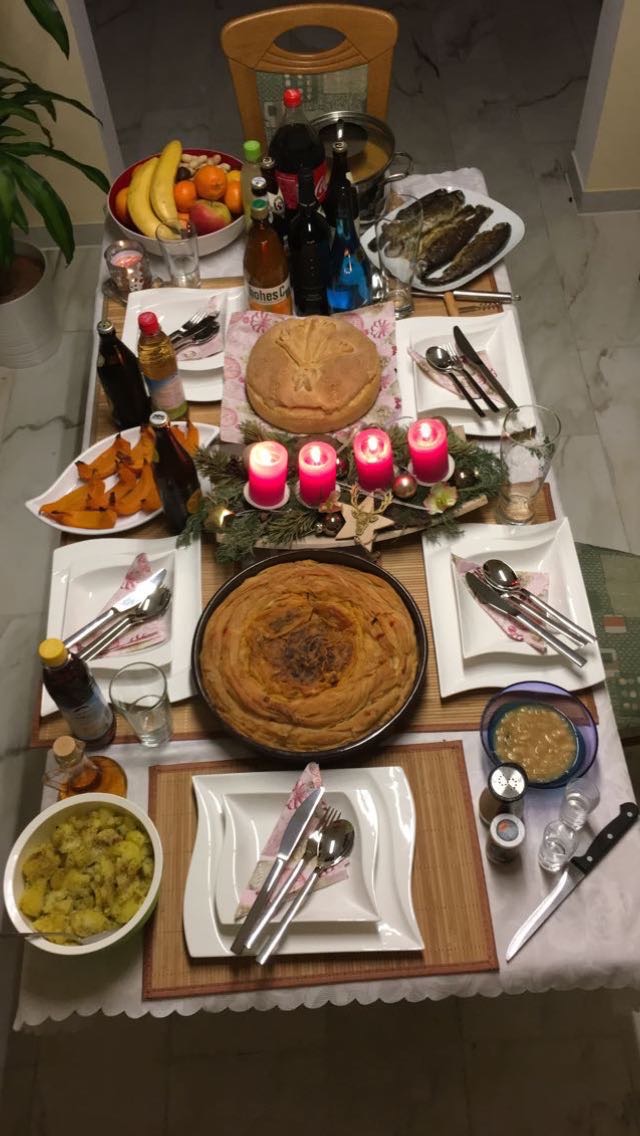Since I was two years old, I have been to the North Sea at least once a year, therefore this area is like a second home to me. Almost everyone has been to the North Sea of Germany at some point in their life, but most people don’t know much about the actual lifestyle of this North Frisian area, probably also due to the fact that most traditions are celebrated outside the school holidays when most tourists are visiting the area. That’s why I invite you on a journey through a whole year of North Frisian customs.
North Frisia is the northernmost district of Germany. It is located within the German state Schleswig-Holstein and includes the mainland area from the town Hattstedt-Schobüll up to the German-Danish border and also the North Frisian Islands Föhr, Amrum, Sylt, Helgoland, Pellworm, Nordstrand and the Halligen.
We assume that the custom called Biikebrennen goes back to the Middle Age where it was used to drive away evil spirits in order to save the new seeds. Later, in the time of whaling, it served to send off the whalers. Biikebrennen is celebrated on the 21st of February. During the week beforeeach village builds up a huge stack of wood, mostly out of old Christmas trees and other garden waste, which is burnt down in a celebratory ceremony with singing, performances or poems presented in the North Frisian dialect. Traditionally, green cabbage is eaten afterwards.
At the end of April or the beginning of May, the Brent goose days take place. At this time of the year, about 80,000 brent gooses take a rest in the mud flats. It is mainly celebrated on the Halligen with guided tours, lecture series, boat trips, mudflat hiking tours and play activities for children.
The Cabbage days of Dithmarschen is a two-weeks celebration of the superfood cabbage which takes place at the end of September. Stationary elements of these days are the first cut of the cabbage harvest, city festivals, craft markets, cabbage workshops, festival marquees, the cabbage slice championship as well as the cabbage race in Marne.
Another custom is the setup of the “Jöölboom“, also called Frisian tree, which is a variety of Christmas tree. It consists of a small wooden frame with a circle of green branches. Inside the circle, the frame is decorated with figures out of salt paste that represent a pig, a cow, a sheep, a horse, a rooster, a sailing ship and a mill. At the bottom of the frame, we see Adam and Eve under an apple tree with a snake. Other decorations can be natural products such as apples, raisins or prunes. The Jöölboom is mostly placed at a window or on a table in the living room.
The last custom of a year is the one of the night of New Year’s Eve; on the Halligen it is called “Rummelpott-walk”, on Föhr “Kenkner”, “Hulken” on Amrum and “Masked walk of Omtaaceltics” on Sylt. Groups of friends who are dressed up, go from door to door, sing songs accompanied rhythmically of their “Rummelpott”, which is a type of drum that had its heyday in the 15th to 18th century. In return for their music and performance the group receives apples, baked products or other sweets. Groups of adults often get a glass of liquor instead of sweets.
These are the main North Frisian customs of a year. I hope I could give you a new view on this area and its culture; And who knows – maybe you will have the chance to experience one of these customs one day!
Author: Annika Domschat

